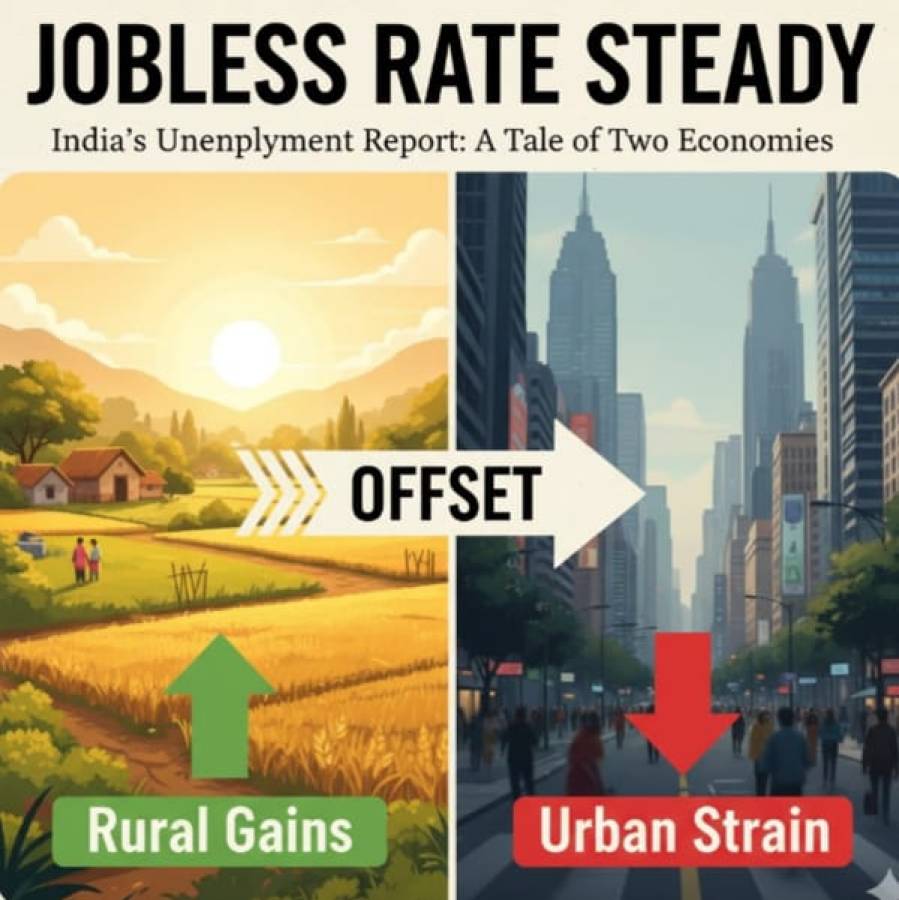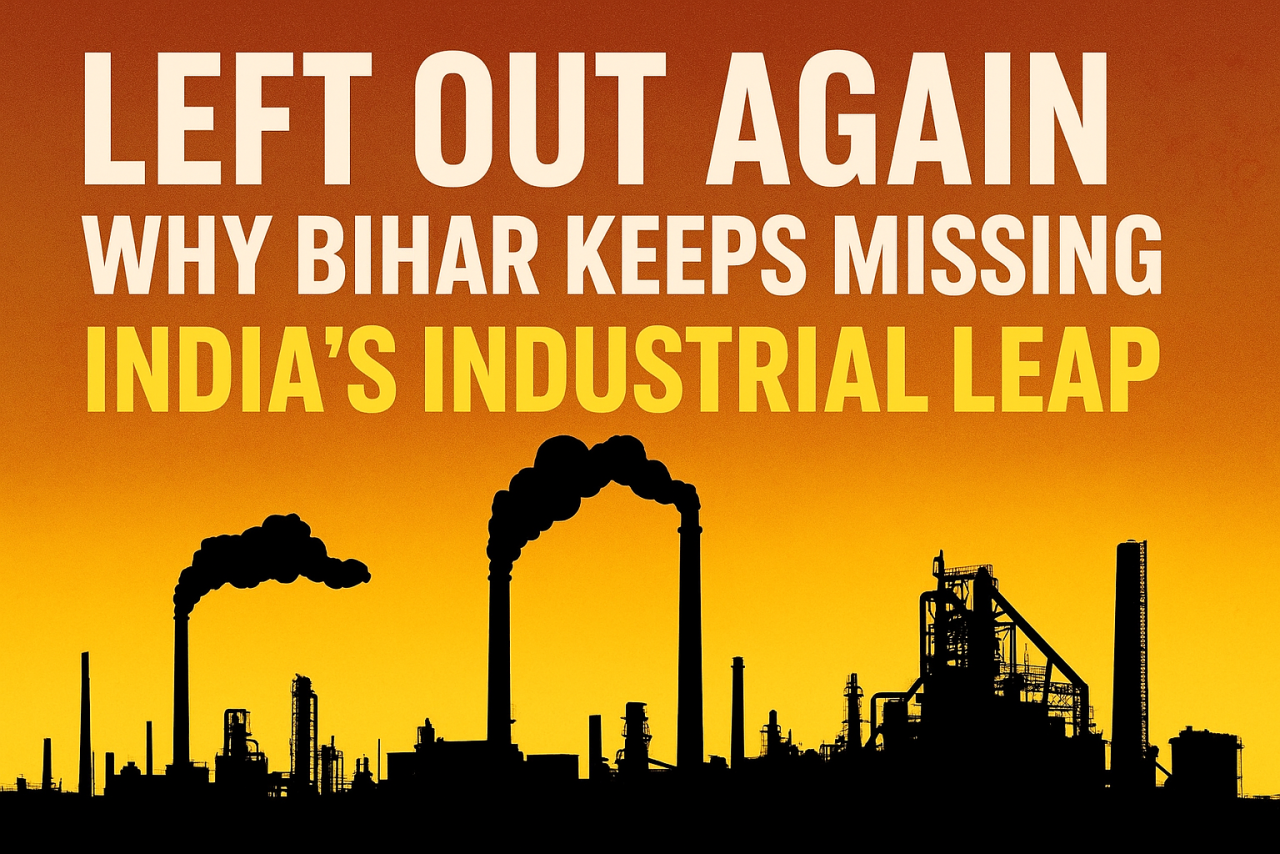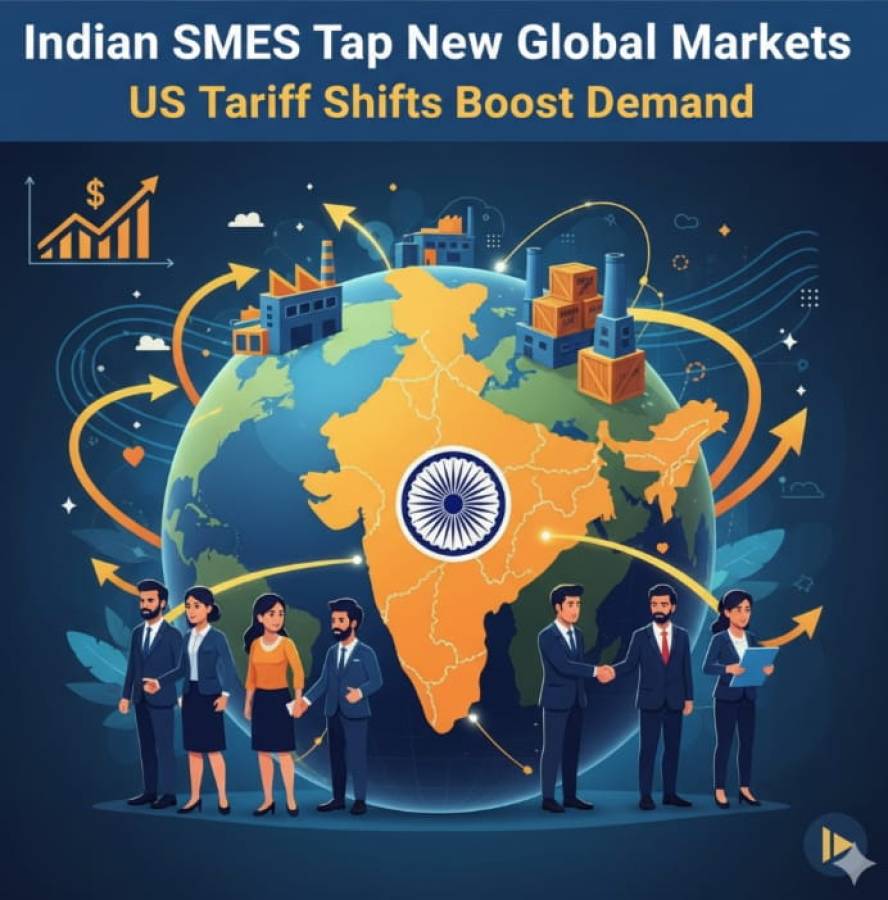
When tariffs slam doors, opportunity often finds a back door. And in the high-stakes world of global tech manufacturing, India seems to have found one—lined with Apple logos.
Amid rising trade hostilities between the United States and China, a quiet but decisive shift is unfolding behind the gleaming surface of your beloved iPhone. With Washington slapping tariffs as high as 145% on Chinese imports, Apple is steering its supply chain away from the Middle Kingdom and into the eager arms of the world’s largest democracy.
The architect of this shift? Necessity.
Thanks to policy pivots initiated during Donald Trump's first term—and now reinvigorated in his second—the tech giant finds itself sourcing a significant chunk of its iPhones for the American market from India. As CEO Tim Cook recently revealed, the majority of iPhones sold in the U.S. this quarter will proudly carry a ‘Made in India’ label. It marks not just a logistical reroute but a symbolic realignment in global production: Cupertino now looks east, just a little farther than before.
The numbers speak in fluent capitalism. Apple is expected to more than double its iPhone output in India to over 50 million units by 2025. This quarter alone could see a rise in production costs by nearly $900 million, mostly due to import duties on Chinese components. Painful for-profit margins? Possibly. But for India, this is manufacturing gold.
India is no longer just an emerging market—it’s a maturing one. Beyond the factory floor, Apple’s India play includes a full-spectrum presence. The tech giant recently opened flagship stores in Mumbai and Delhi, with more to come. This retail push is a signal flare: Apple isn’t just assembling in India—it’s selling, marketing, and investing, too.
The shift also speaks to a broader theme—the de-risking of global supply chains. For Apple, placing all its production eggs in the Chinese basket has proved increasingly untenable amid geopolitical flashpoints, COVID lockdowns, and regulatory bottlenecks. India, by contrast, offers scale, a swelling middle class, and a government eager to roll out the red carpet for tech giants.
Still, the path isn’t without potholes. While India scores on talent and potential, it stumbles on logistics and bureaucratic inertia. Power outages, patchy infrastructure, and inconsistent policy implementation remain challenges. Industry analysts caution that the turbulence of global trade policies could still disrupt this delicate rebalancing. “Uncertainty in tariffs and policy environments makes long-term planning a challenge,” warned one analyst. Apple’s stock, reflecting investor jitters, dipped 3.8% in after-market trading following the company’s recent earnings announcement.
Yet, even in this volatility lies momentum.
For India, Apple’s pivot is more than a production shift—it’s a coming-of-age moment. A validation of its ambition to become a global electronics hub. A quiet handshake between global demand and local promise. And perhaps, the beginning of a long and fruitful partnership—where the iPhones of tomorrow will carry not just cutting-edge tech, but a subtle imprint of India’s manufacturing dreams.





















